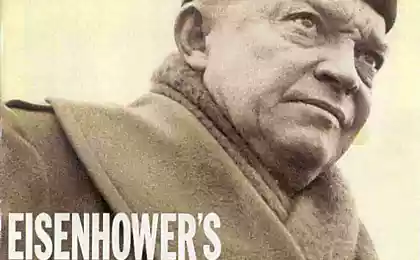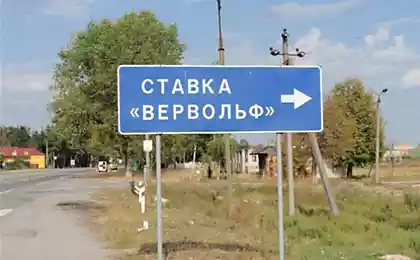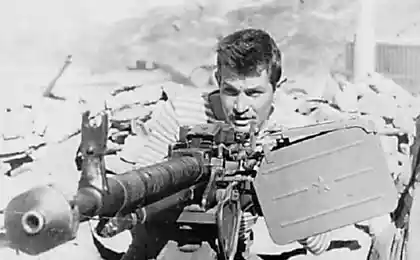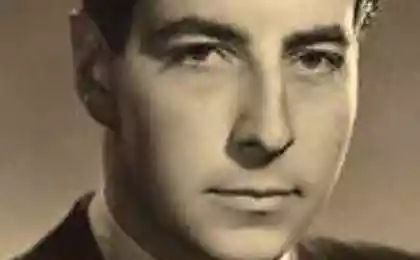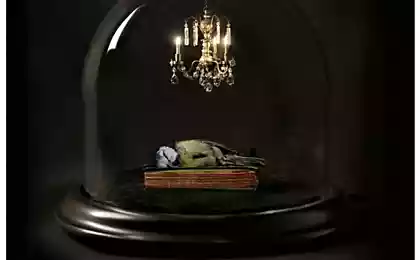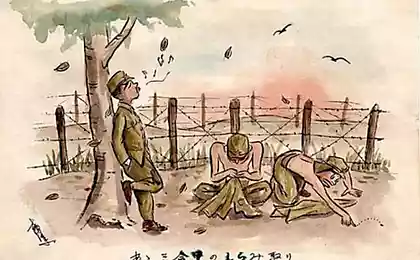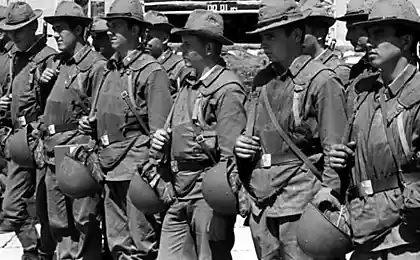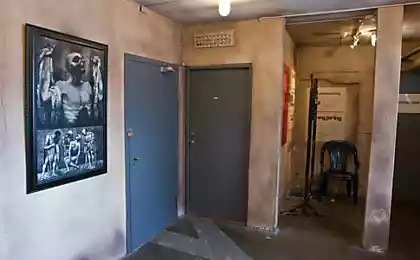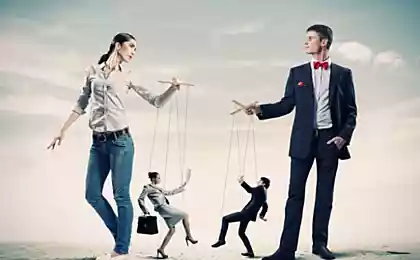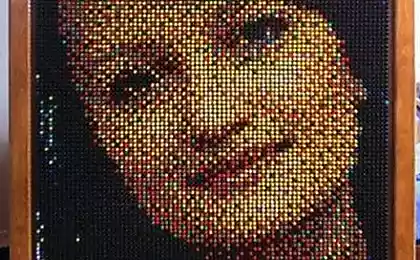732
Different life prisoners
German POW camp known for its stringent conditions, hard labor. But the recently published collection of photographs showing the living conditions in one of the Bavarian camp (Oflag VII-A) for prisoners of war. In this camp in Murnau held senior Polish officials, and photos taken here, used to advertise the Nazi regime as an example of "respect" for human rights
Snapshots "everyday life" and the release made by the same anonymous author. Toko known that he was one of the prisoners of war. Related images can be divided into two groups - the life in the camp and osvovobozhdenie; Thus, the "first" group:
Prisoners were allowed to put in Murnau theater. Because the women in the camp were not, had to play female roles men

Inside the barracks
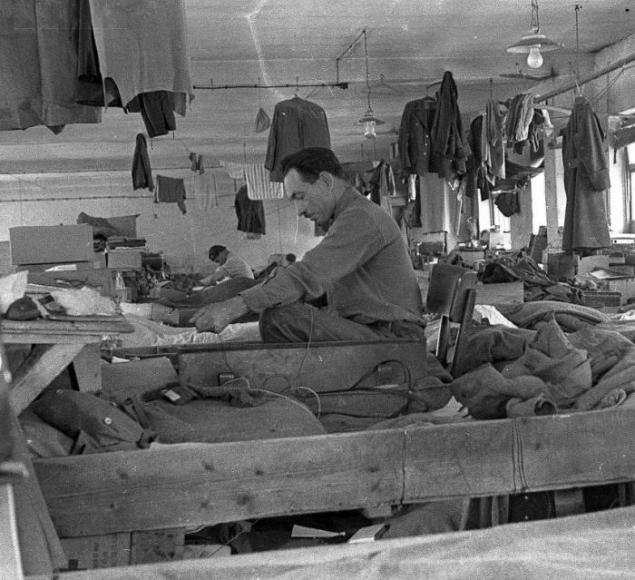
Two prisoners are playing with puppet. Contained in the camp prisoners were not forced to work, and as a consequence, have much more free time
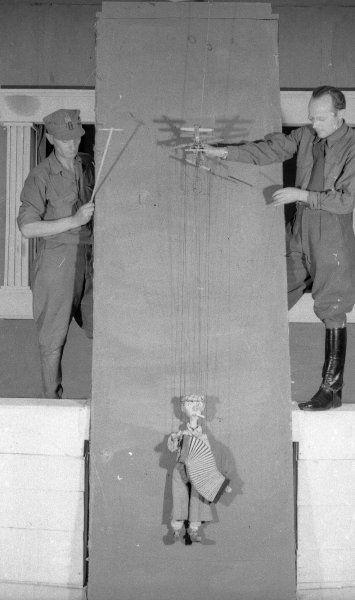
The camp even staged puppet shows

Performance for the German soldiers guarding the camp. The guards would often come to these performances with their families
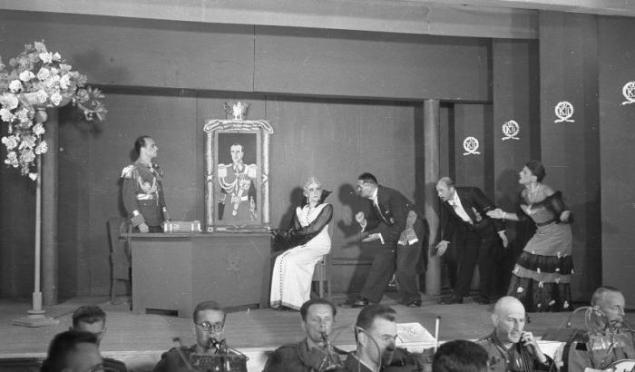
Group picture of the prisoners with the orchestra in the foreground
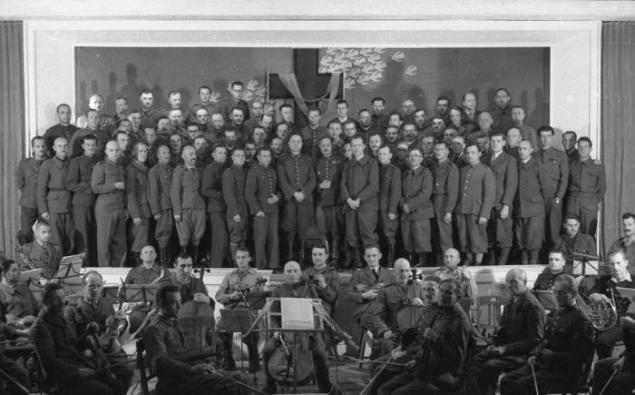
Laundry privates and junior officers

The young man posing on a background of the front door of the camp administration
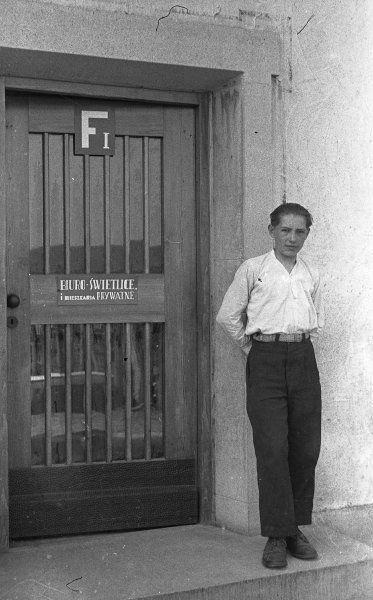
Swimming in the pool. Only it is not clear who is swimming - prisoners or guards

The second group of pictures dates back osvozhdeniya camp. The camp was liberated by American troops on 29th April 1945
The camp administration attempted to escape, but her way was blocked by US tanks
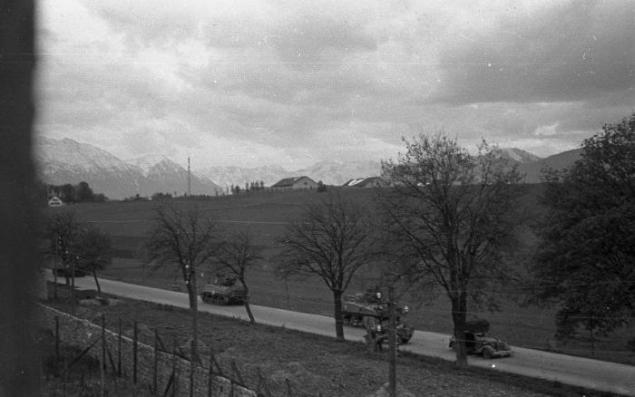
After a brief exchange of fire with US soldiers guarding partly scattered and partly surrendered

Security returns to camp. According to witnesses at the Americans also fired some prisoners
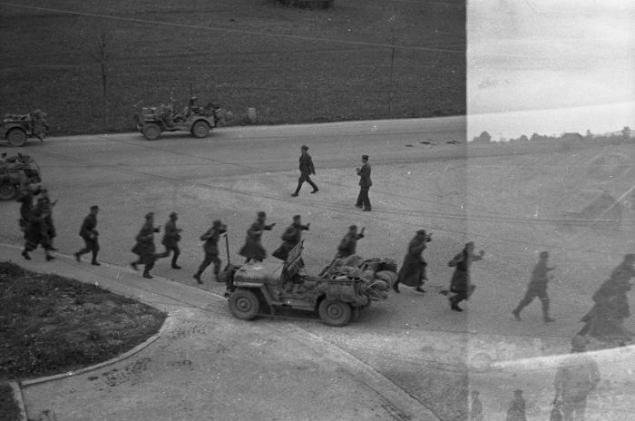
The car - camp commandant, SS Standartenfuehrer Tishman
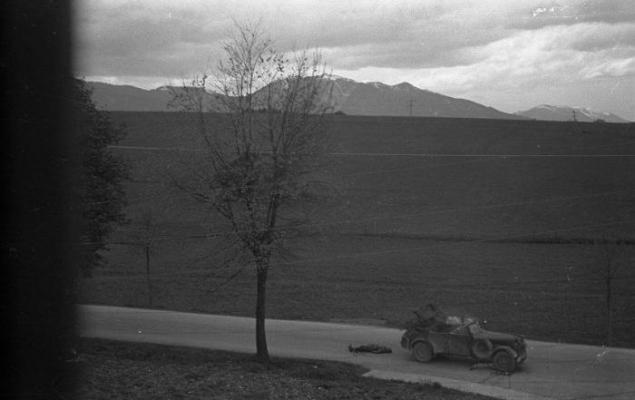
American patrol inspects the slain chief of the camp - SS standartenfuehrer Tishman
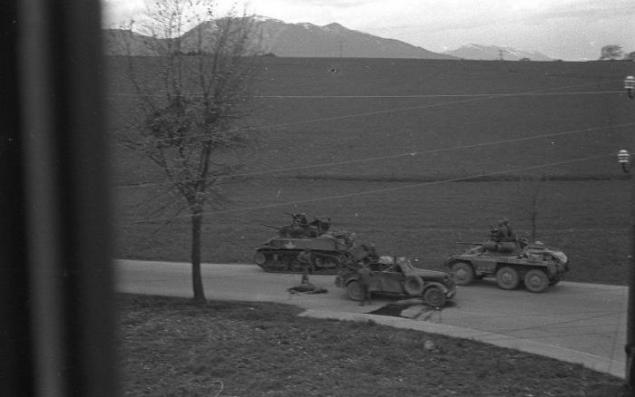
American soldiers at the entrance to the camp
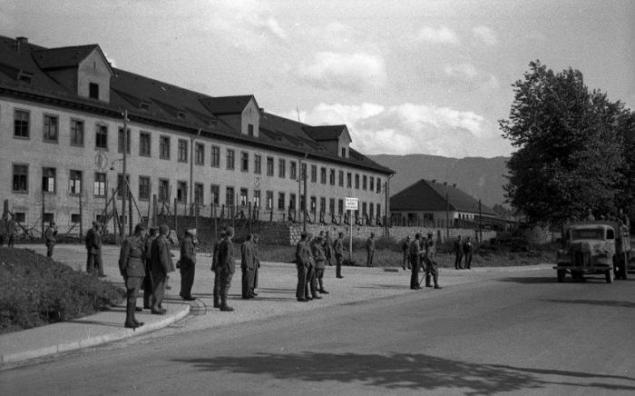
Prisoners welcome liberators. Total April 29, the 45th year in a camp comprising 5 000
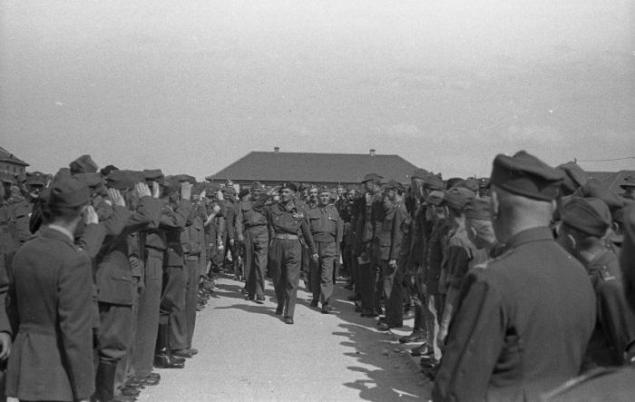
Captured by the Germans, the former camp guards

Preparation for sending the camp

The conversation of two Polish senior officers
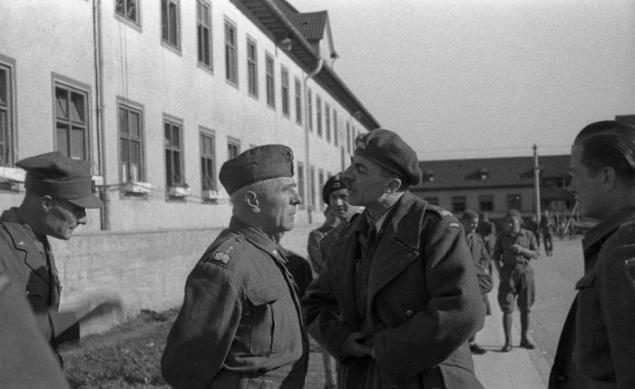
General view of the camp
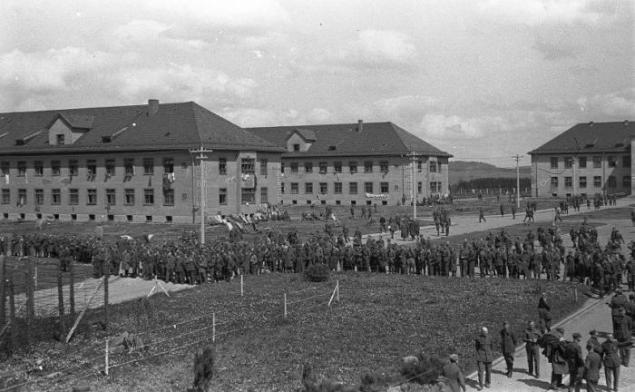
Liberated prisoners loaded into cars Red Cross
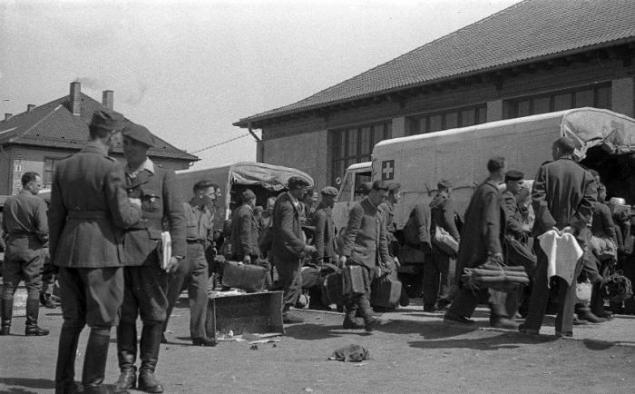
Poles depart from the camp
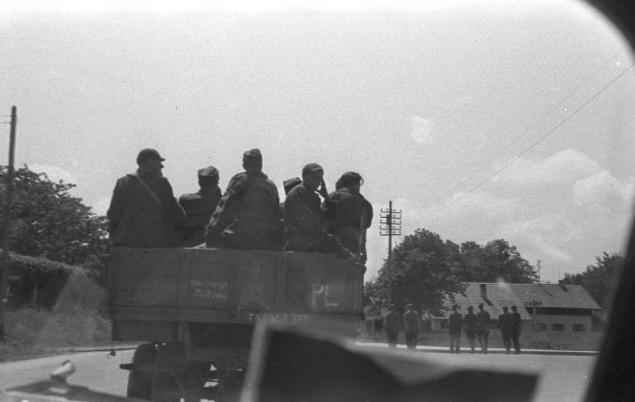
Snapshots "everyday life" and the release made by the same anonymous author. Toko known that he was one of the prisoners of war. Related images can be divided into two groups - the life in the camp and osvovobozhdenie; Thus, the "first" group:
Prisoners were allowed to put in Murnau theater. Because the women in the camp were not, had to play female roles men

Inside the barracks

Two prisoners are playing with puppet. Contained in the camp prisoners were not forced to work, and as a consequence, have much more free time

The camp even staged puppet shows

Performance for the German soldiers guarding the camp. The guards would often come to these performances with their families

Group picture of the prisoners with the orchestra in the foreground

Laundry privates and junior officers

The young man posing on a background of the front door of the camp administration

Swimming in the pool. Only it is not clear who is swimming - prisoners or guards

The second group of pictures dates back osvozhdeniya camp. The camp was liberated by American troops on 29th April 1945
The camp administration attempted to escape, but her way was blocked by US tanks

After a brief exchange of fire with US soldiers guarding partly scattered and partly surrendered

Security returns to camp. According to witnesses at the Americans also fired some prisoners

The car - camp commandant, SS Standartenfuehrer Tishman

American patrol inspects the slain chief of the camp - SS standartenfuehrer Tishman

American soldiers at the entrance to the camp

Prisoners welcome liberators. Total April 29, the 45th year in a camp comprising 5 000

Captured by the Germans, the former camp guards

Preparation for sending the camp

The conversation of two Polish senior officers

General view of the camp

Liberated prisoners loaded into cars Red Cross

Poles depart from the camp


